The founder of the method of using effective microorganisms is the Japanese scientist Teruo Higa. His preparation “Kyussey-EM” is based on the use of a mixture of lactic acid bacteria, yeast, and photosynthetic microorganisms. A more accessible and cheaper recipe for such a biofertilizer was proposed by Anatoly Petrovich Bessarab.
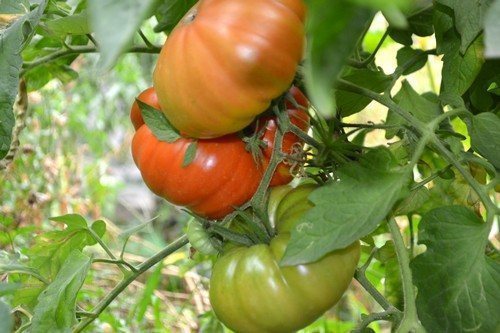
Basic composition of the mixture
There are many variations on the theme “Elixir of Bessarab” in literature. It is infused with mullein, fresh compost, nettles, and other weeds. The main ingredients are whey, yeast, honey.
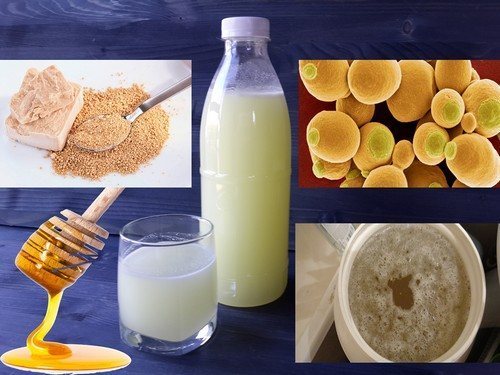
Milk serum
A transparent, milky liquid with a sour odor that remains after milk has curdled. Contains lactic acid, lactobacilli, vitamins, milk sugar - lactose, minerals. Lactic acid bacteria are a natural sterilizer. They provide an acidic environment, which prevents the germination of fungal spores. Only raw, unpasteurized whey is effective.

Yeast
The most affordable baker's yeast is used in the form of dry granules or fresh, pressed. This ingredient contains yeast, their metabolic products, 50% proteins, 40% carbohydrates. Yeast produces antimicrobial substances, hormones and enzymes that are beneficial to lactobacilli.
Honey
Contains natural, easily digestible sugars.Serves to feed yeast fungi, as well as soil microbiota.
Cooking rules
The base solution is prepared in three stages:
- Add a teaspoon of sour cream to a liter of whey and stir.
- Dissolve 1 tablespoon of bee honey in a liter of organic water heated in the sun (any source of natural origin).
- Mix these solutions. Bring the resulting 2 liters of mixture to a volume of 10 liters with plain water and add 10 grams of dry yeast.
Leave the liquid to ferment for a week. It should be kept in a glass or plastic container, always in a dark place.
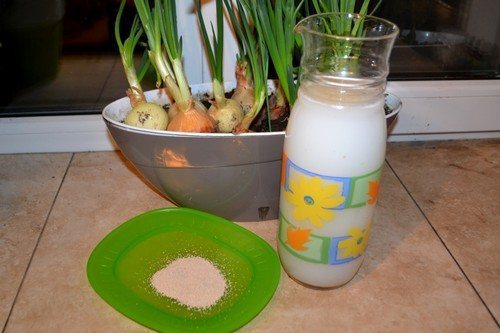
Important! The lid of the container should open with a strong pop due to the gas accumulated during fermentation. This way you can make sure that the microorganisms are alive and the biofertilizer is prepared correctly.
Application of the solution
The fertilizer contains only natural substances that do not harm ecosystems and human health. Therefore, you can work with it even without protective clothing. The solution can be used in several ways.
Watering at the root
Microorganisms from the Bessaraba elixir increase the amount of natural soil microflora. The root system of plants cooperates with soil fungi and forms mycorrhiza. Feeding with biofertilizer feeds root symbionts with essential vitamins and microelements. The working solution is prepared immediately before use at the rate of 1–3 tablespoons per bucket of water. Plants are watered with this solution at the root 2-3 times a month. This should only be done on moist soil.
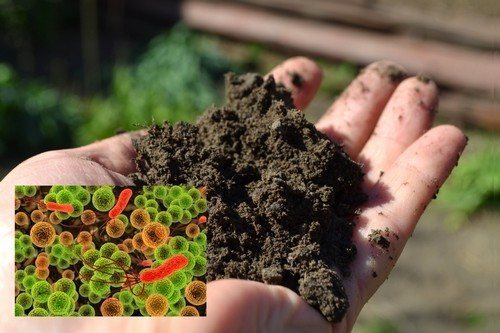
Spraying on the leaf
The biological product applied to the leaves enhances tissue immunity and reduces the pathogenic load on plants. The solution covers the leaves with a protective biofilm. This prevents the penetration of viruses and the germination of spores of pathogenic fungi. You may not adhere to exact processing times depending on the phases of the growing season. Regular spraying of the solution once a month will improve the health of the soil and the plants themselves and increase the yield. Processing is carried out in calm weather.
On a note! To combat plant diseases, iodine can be added to the working solution at the rate of 10 drops per 10 liters of solution.
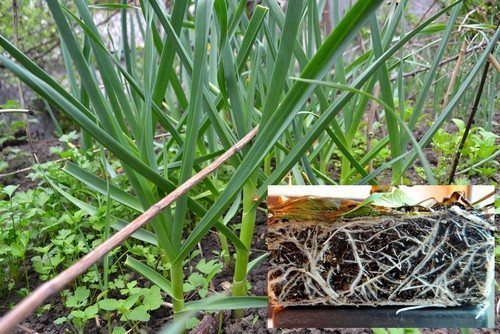
Soaking planting material
Treatment of seeds with a biological solution promotes their better germination. You can soak seed or seedlings in the working solution for 30 minutes before planting. This will enrich future plants with beneficial bacteria.
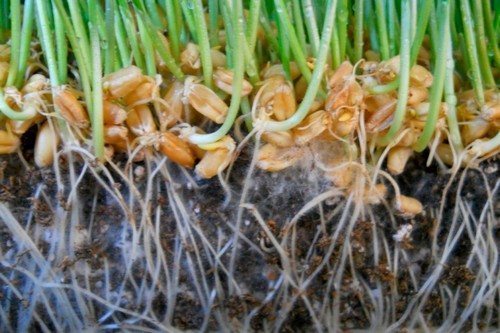
Spilling compost
In compost pits spilled with Bessaraba solution, the process of decomposition of organic matter is accelerated. Fiber-processing microorganisms love sugars as a starter. Thanks to easily accessible carbohydrates, they multiply in sufficient quantities to quickly process all organic residues. Lactobacilli also help increase the rate of fiber decomposition. To spill compost, take a ratio of 100 grams of solution per bucket of water.
The Bessaraba solution is not a panacea and does not replace other necessary operations to protect and nourish plants. But the use of this tool allows you to solve many problems at the same time, saving expensive drugs and time.


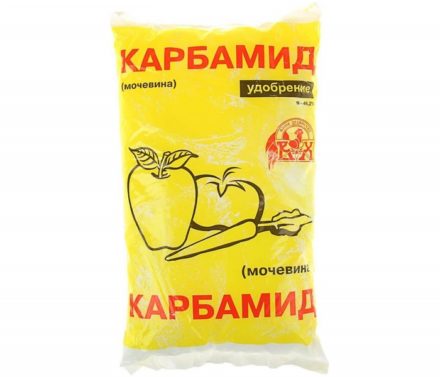
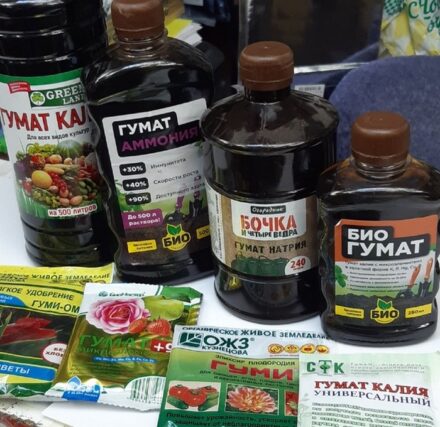
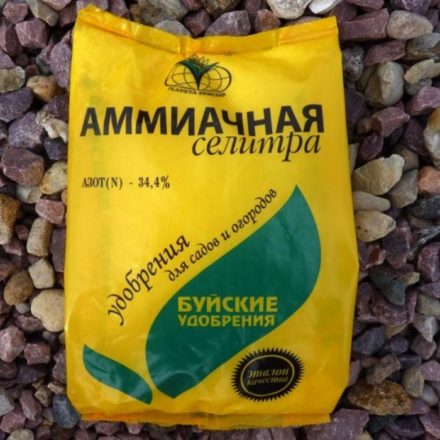

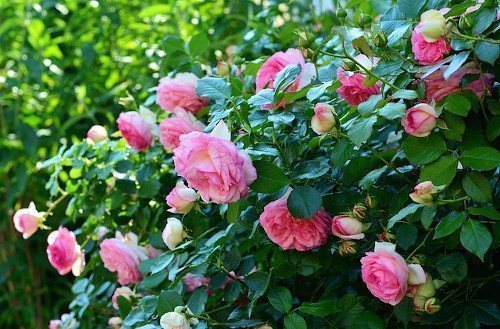
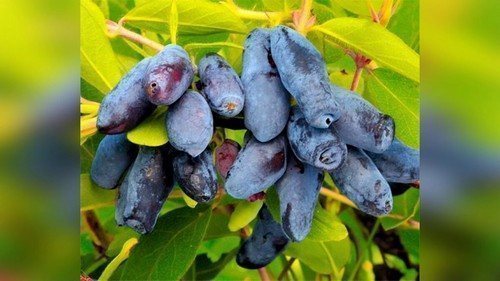
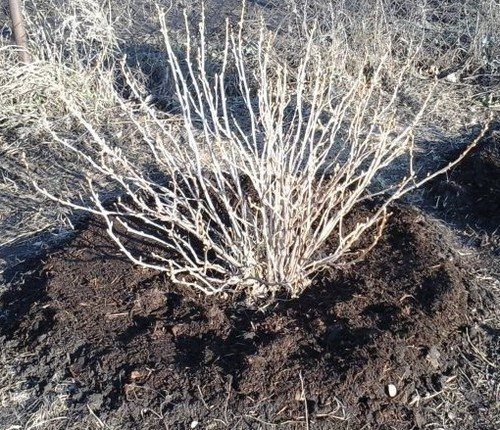
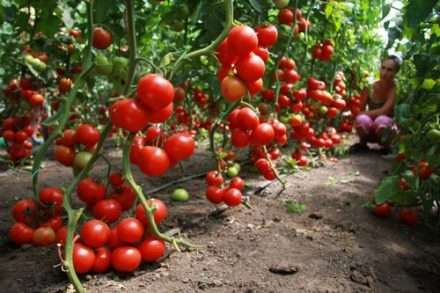
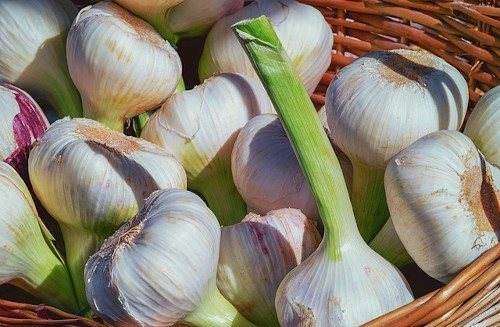
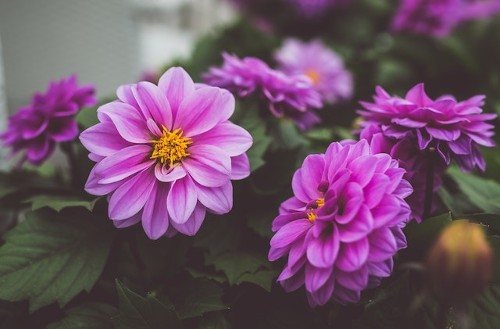

There is no consensus on the issue of Bessarab's solution 1. Dilute 2 liters to 10 with ordinary water working solution 1*-3 tablespoons per bucket of water 2. mix 2 liters of working solution 100 ml per bucket of water where is it correct
And what, iodine does not kill bacteria?
I join Bronislav with a question, I have the same question.
100 ml / 10L OF WATER FOR COMPOST
1-3 TBS. / 10L OF WATER FOR PLANTS Vitaly
New